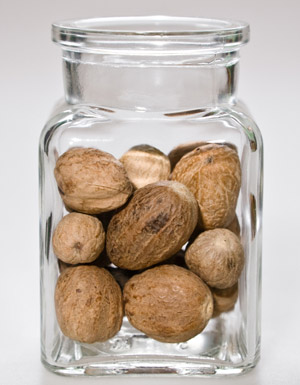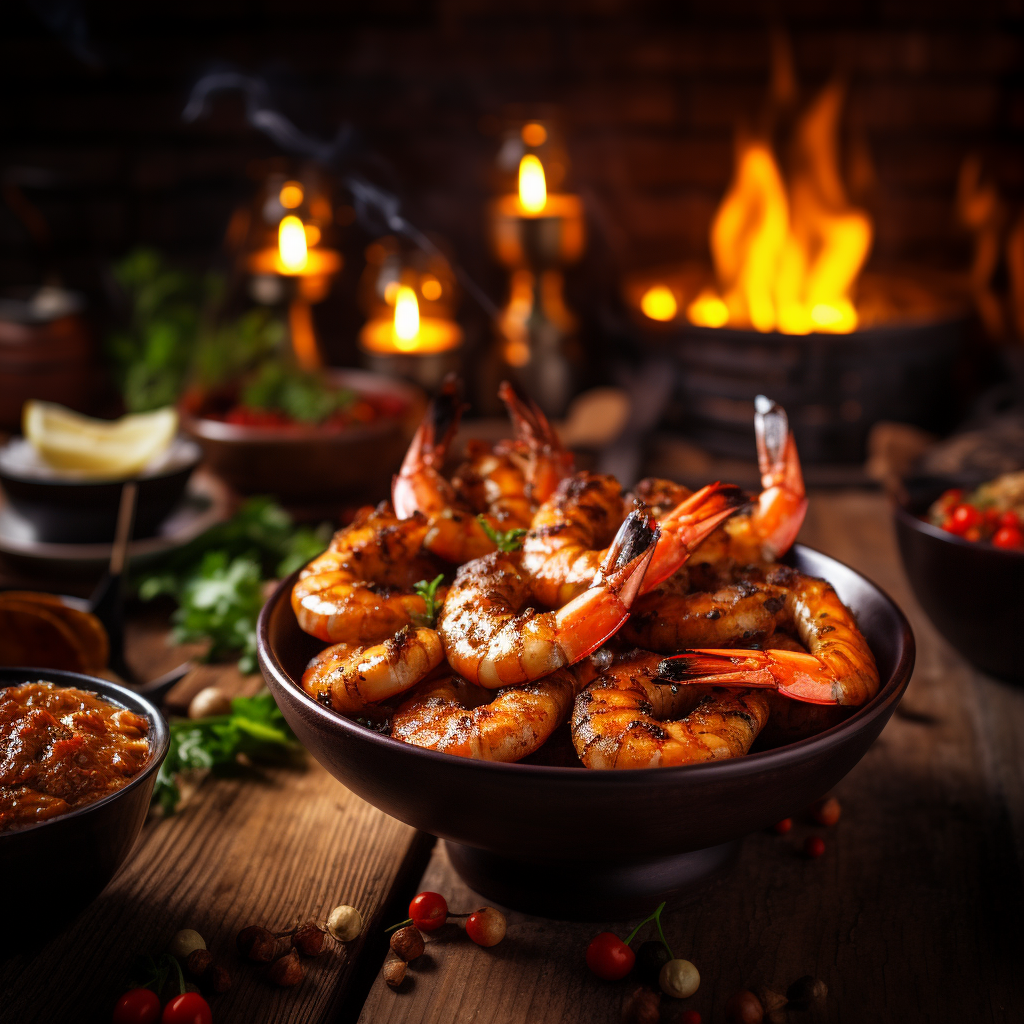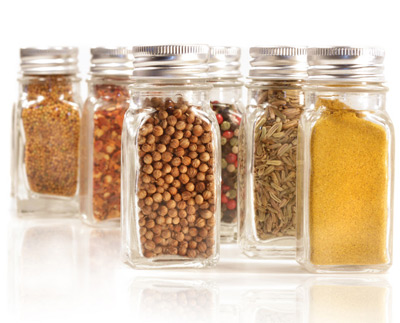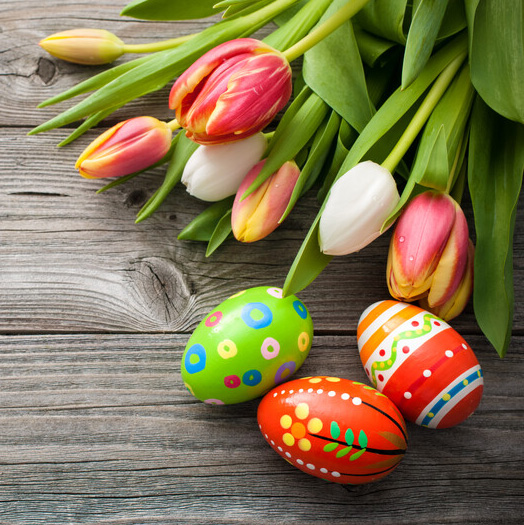The next spice we will take a closer look at in our History of Spice Series is Nutmeg.
Common Name: Nutmeg
Scientific Name: Myristica fragrans, Myristicaceae
Other Names: Jaiphal, Jatisasyya, Jatiphala
 Description
Description
Nutmeg spice comes from the seed/pit of the fruit which grows on the nutmeg tree, Myristica fragrans, an evergreen tree originally native to Indonesia. Myristica fragrans is native only to the tiny Banda Islands of Indonesia, which are sometimes called the Spice Islands. The nutmeg seed is egg shaped and the outer layer is used in making mace while the inner portion is ground into powdered form to become nutmeg. The word nutmeg comes from the latin word nux, which means nut, and muscat, meaning musky.
History
Nutmeg is considered to be one of the most tragic spices in history. Bloody wars have been waged over the control of this spice and many have died in an attempt to gain control of its production. It was considered a very rare and precious ingredient for a long period of time. Emperor Henry VI spread nutmeg all over the streets of Rome before his coronation to create a sweet smelling environment. Nutmeg was fashionable among the wealthy because it was believed to induce hallucinations. Wealthy gentlemen would use nutmeg grinders to grind this spice into alcoholic drinks. Nutmeg was also baked into the pastries, pies, and cakes.
Only a small group of traders knew where the spice was actually from and they sold it for very large sums. Many wanted to find the mysterious “Spice Islands” where nutmeg was grown. In 1512, the Spanish finally discovered the location in the Banda Islands where all the world’s nutmeg grew.
During the 17th century, the Dutch waged a bloody war in order to gain control of the nutmeg production. They took large amounts of this spice to Holland and stored it in a giant warehouse to keep control of distribution. In fact, the Dutch actually traded the island of Manhattan, as part of the Treaty of Breda, with the British in order to keep control of the spice trade of nutmeg.
During their occupation of the East Indies, the British took nutmeg seedlings from the Bandas and planted them in areas under British colonial control. As these nutmeg plantations began to flourish, the price of this spice began to drop. As time passed, the middle class could now also enjoy this spice, not just the wealthy.
Today, Indonesia and Grenada are the primary producers and exporters of this spice.
Culinary Uses
Nutmeg is a common ingredient in dessert dishes, and warm drinks. It also works well in savory recipes.
Medicinal Uses
Nutmeg is hallucinogenic. Grinding and eating one nut will have an effect and generally makes you sick and nauseated. It is actually considered poisonous in large amounts so should only be used in small quantities. Nutmeg has no proven medicinal value although there is some anecdotal evidence that it helps with indigestion, bad breath, depression and may act as a sleep aid.




